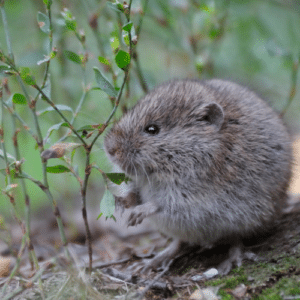
Cotton Rats

Cotton Rats: Habitat, Identification, and Dietary Patterns
Cotton rats, scientifically known as Sigmodon hispidus, are a species of rodents commonly found in various regions. Understanding their behavior and habitats is essential for effective management and coexistence.
These rodents primarily inhabit areas with dense vegetation. They thrive in fields, farmlands, and even suburban areas, showing adaptability to different environments.
They are primarily herbivores, feeding on grasses, seeds, and occasionally insects. Their foraging behavior plays a role in seed dispersal, impacting the ecological balance
Adult cotton rats have a robust body, with a size ranging from 5 to 7 inches in length. Recognizing their physical attributes is important for identification and understanding their behavior.
Reproduction and Lifecycle Development
Known for their rapid reproduction, cotton rats can have multiple litters per year, leading to quick population growth. Hence, understanding their reproductive cycle is vital for population management.
The lifecycle of cotton rats includes birth, growth, and maturity, with a lifespan of about 1-2 years in the wild. Their ability to reproduce and mature quickly contributes to their survival and adaptability.
Ecosystem Impact, Presence, and Control Measures
While they contribute to ecological processes, they can also negatively impact agriculture and human health. They are known to damage crops and can be vectors for certain diseases, emphasizing the need for effective control measures.
Cotton rats have a long-standing relationship with human environments. Their tendency to inhabit areas close to agricultural fields marks them as invasive in certain contexts, requiring careful management.
Cotton rats may enter human dwellings in search of food or shelter, particularly in rural and suburban areas. Preventative measures include habitat modification and exclusion techniques.
Conclusion:
In conclusion, cotton rats are an integral part of the ecosystem, but their interaction with human habitats can be challenging. Understanding their biology and behavior is crucial for effective management and maintaining a balance between human activities and wildlife.

